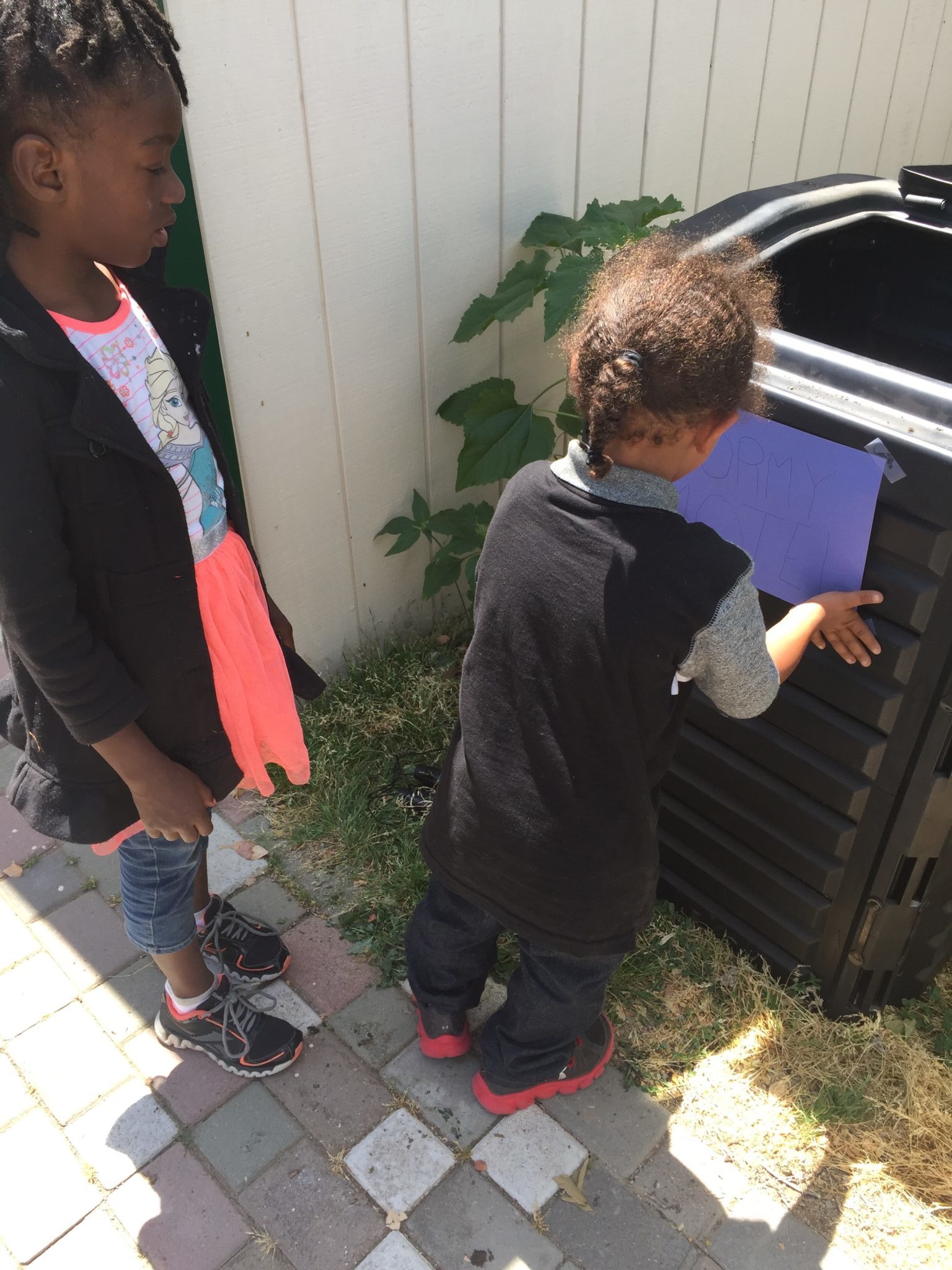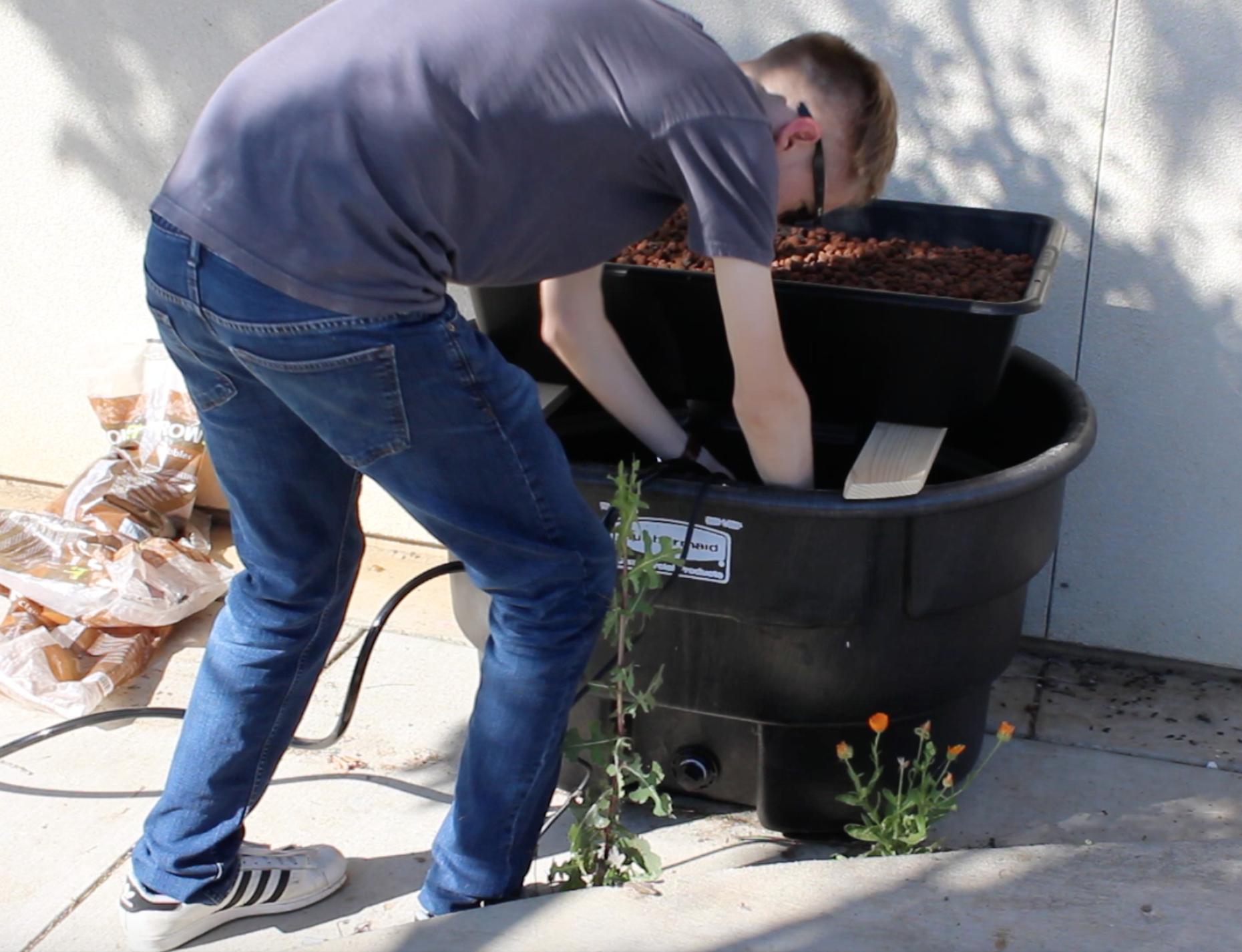2017, MILK RIVER, AB, CANADA
In 2017, Robin Stelten and Brooke Johnston of Erle Rivers High School in Milk River, Alberta implemented their 2015/2016 project “Hawk Nesting Platforms”. Robin and Brooke were concerned about the impact of rodenticides on local raptor populations and wanted to encourage local farmers to decrease the use of rodenticides, instead relying on raptors to control gopher and ground squirrel populations.
2017, Robin Stelten and Brooke Johnston of Erle Rivers High School in Milk River, Alberta implemented their 2015/2016 project “Hawk Nesting Platforms”. Robin and Brooke were concerned about the impact of rodenticides on local raptor populations and wanted to encourage local farmers to decrease the use of rodenticides, instead relying on raptors to control gopher and ground squirrel populations.
When rodenticides are used as a method of pest control, they can often be ingested by predators such as hawks, and be passed up the food chain, leading to bioaccumulation and often death. Second generation rodenticides are widely used in Canada and the USA and are particularly dangerous in the case of accidental ingestion by children, pets and wildlife.
In an effort to encourage raptors to nest in local rural communities, Brooke and Robin enlisted the help of Fortis Alberta to install hawk nesting platforms. In conjunction with education provided to the local community, Brooke and Robin were able to install six hawk nesting platforms just outside their community of Milk River, Alberta. Since the installation of these platforms, hawks have been seen hunting off two of the platforms. It is hoped that raptors will use these structures to nest during the 2017 nesting season.
As the area around Milk River encompasses the nesting and breeding habitat of ferruginous hawks (Buteo regalis), a species considered ‘At Risk’ in Alberta, the efforts of these students to increase the local population of this particular raptor species is especially commendable.
 2017 Villa Lia, San Antonio de Areco, Buenos Aires, Argentina
2017 Villa Lia, San Antonio de Areco, Buenos Aires, Argentina
 2017 Tres Sargentons, San Antonio de Areco, Buenos Aires, Argentina
2017 Tres Sargentons, San Antonio de Areco, Buenos Aires, Argentina The aim of this project is to encourage the return of native birds, by reforesting the Tres Sargentos town with native trees and shrubs. The project focuses on the hummingbird as an emblematic species. The students built a place for the growth of plants that attract birds and create lots of seedlings that, in time, will become trees that attract hummingbirds.
The aim of this project is to encourage the return of native birds, by reforesting the Tres Sargentos town with native trees and shrubs. The project focuses on the hummingbird as an emblematic species. The students built a place for the growth of plants that attract birds and create lots of seedlings that, in time, will become trees that attract hummingbirds.


 2017, San Andres de Giles, Buenos Aires, Argentina
2017, San Andres de Giles, Buenos Aires, Argentina The aim is to create a place for investigation, debates, creative solutions for issues and problems regarding the Areco basin. They make t-shirts with natural dyes for club members and they also create a blog with more information: ecoclucCLR.blogspot.com.ar.
The aim is to create a place for investigation, debates, creative solutions for issues and problems regarding the Areco basin. They make t-shirts with natural dyes for club members and they also create a blog with more information: ecoclucCLR.blogspot.com.ar. 2017, San Antonio de Areco, Buenos Aires, Argentina
2017, San Antonio de Areco, Buenos Aires, Argentina
 2017 Carmen de Areco, Buenos Aires, Argentina
2017 Carmen de Areco, Buenos Aires, Argentina This project attracted the attention of many institutions that want to collaborate: It’s a collaborative project that´s being done together with the University of San Antonio de Areco (UNSAdA), University of Lujan(UNlu) and it’s being used as a Thesis of a Student, Matias Etchart, from the University of Buenos Aires (UBA). This is going to be a long – term project with more work to come.
This project attracted the attention of many institutions that want to collaborate: It’s a collaborative project that´s being done together with the University of San Antonio de Areco (UNSAdA), University of Lujan(UNlu) and it’s being used as a Thesis of a Student, Matias Etchart, from the University of Buenos Aires (UBA). This is going to be a long – term project with more work to come.



